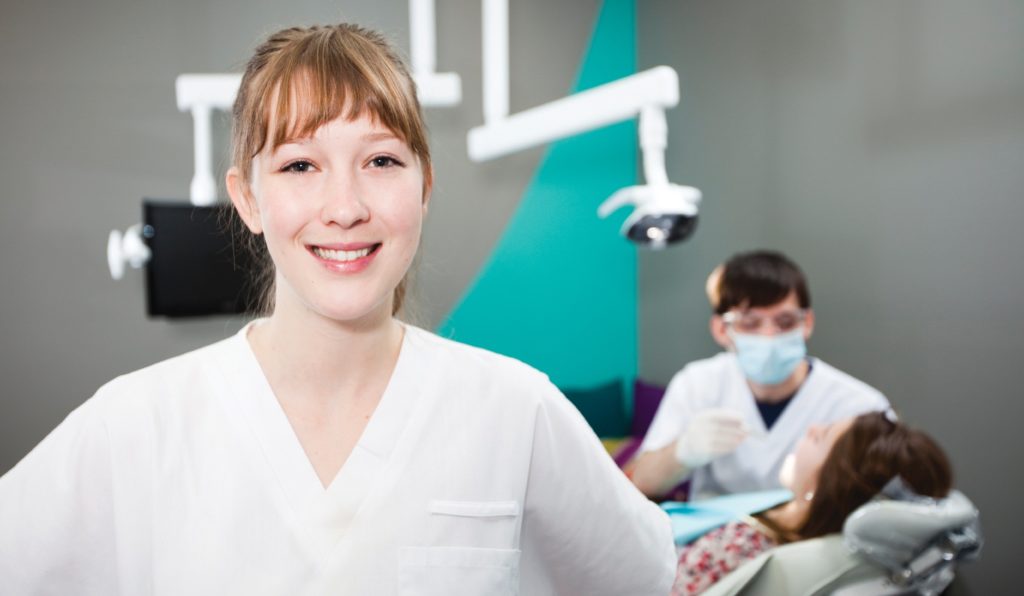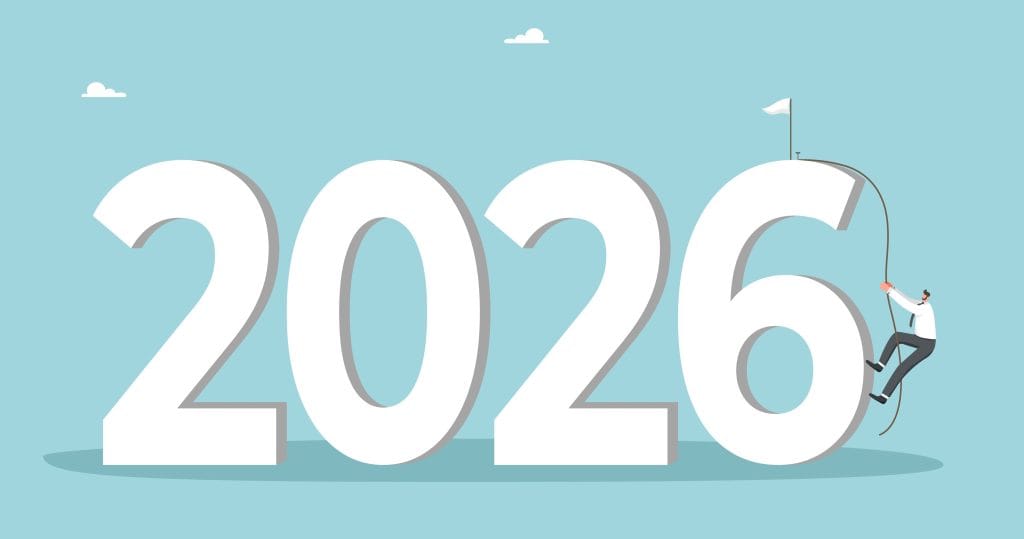Last updated on November 28th, 2025 at 06:50 pm
Last updated on November 10th, 2025 at 07:59 pm

If you asked me to select the top “problem” found in the average dentist business model, you might be surprised by my answer. If you were to ask the average dentist you’d get one of the usual suspects: staff, case acceptance, new patients, insurance, etc. Without dismissing any of these they are not—in my opinion—the biggest.
What is? Recall.
Recall—Believe it or Not, a Major Dental Practice Management Problem
Recall/recare systems, hygiene programs, whatever you want to call them, are the single, most mishandled issue I’ve found in dentistry. And it’s probably costing your office (and you personally) hundreds of thousands a year.
An expanding hygiene program can be your best friend. It can:
- Help fulfill the purpose of your practice—i.e. restoring and maintaining a patient’s dental health and function.
- Provide a constant source of potential treatment (i.e. incomplete/undone treatment plans).
- If done well, be a steady revenue source and profit center.
Coming from a business background, I can tell you that just about any other business would die for something like a hygiene program.
 If the owner of an electronics store could expect their growing client base to come in at least once every six months to have their (computer/laptop/TV, etc.) checked for maintenance, they would be ecstatic. Repeat business potential would be huge. Replacement/upgrade equipment sales would go through the roof.
If the owner of an electronics store could expect their growing client base to come in at least once every six months to have their (computer/laptop/TV, etc.) checked for maintenance, they would be ecstatic. Repeat business potential would be huge. Replacement/upgrade equipment sales would go through the roof.
What if, on top of that, major manufacturers of these items advertised regularly that, (in addition to buying these products); you should go in to have them checked every six months? And what if the message from this campaign was so pervasive that if you were to stop the average person on the street and ask them “How often are you supposed to get “check-up” done for your TV?”, they responded, “Every six months.”
From a sheer business standpoint, you have (in dentistry) a repeat business mechanism that other businesses dream about. Unlike our electronics store (or most other companies for that matter), your patients (customers) know they are supposed to see you (the dentist) every six months. It’s ingrained in their minds. Now of course, (Procter & Gamble) Crest & Oral-B, Colgate-Palmolive (Colgate) had a lot to do with that.
Yet, this area of a dental practice is often lacking. Why?
Let’s start by looking at how recall is normally handled.
Chances are you have some protocol for recall. Postcards, pre-appointments, etc., you talk it up once in a while. You may even audit your charts with some regularity—starting at “A” or “Z” and working your way back or forwards to some degree. You’ve probably attended seminars on soft tissue management.
When push comes to shove however, recall is (in most cases) handled reactively. Meaning, action is only taken when there are problems (i.e. openings in the schedule). No one wants to watch their $40/hour hygienist sit around sharpening instruments, gabbing with the front desk staff or even on the phone (calling patients) for that matter. The only time I’ll see a dentist worried about hygiene is when the hygiene schedule opens up. In contrast, there is little to no reaction to the fact that they haven’t added a day of hygiene for seven years.
This brings us to the next issue, which for lack of a better word is “Importance.” The focus on hygiene as opposed to other clinical issues or procedures is minimal. Business-wise doing that full mouth reconstruction is far more exciting than routine cleanings.
(Related: Fixing a Broken Area of Your Business)
Add lack of importance and reactive management to the problems inherent in a hygiene program and you can see why they tend to sag. Hygienists are expensive. To be profitable the schedule must remain (mostly) full. Heavy involvement with HMO, PPO or reduced fee plans can devour what little profit there might be.
Lack of traffic due to a poor hygiene program usually drives a doctor to think more new patients are the only solution. While more new patients are great—I’d prefer to have both (i.e. functional/productive hygiene program andgood new patient numbers).
OK, you might say—I get that it’s important and I should be doing something about it. But what?
To start, I’d suggest a couple of things:
1. Start tracking how many “recalls” you do each week and month.
This would be hygiene visits excluding soft-tissue management and new patients (if you see them initially in hygiene), but would include perio maintenance or 3 month recalls.
2. Work out what your hygiene department should be doing.
This is simple using the “hygiene formula.” Which is:
 The Hygiene Formula
The Hygiene Formula
- Take your total active* charts.
- Multiply “a” by 2 equals number of potential recalls.
- Subtract 20% from “b” above. Put “b” minus 20% here.
- Divide “c” by number of weeks worked per year.
- Equals number of potential recalls per week.
- Divide number of ACTUAL recalls per week by “d” for recall compliance percentage.
* = “active” normally means any patient who has been in within the past 2-3 years. This number is normally lower than it should be as you’ll find that patients who haven’t been in for 3 -5 years still consider you their dentist. This is another subject altogether (i.e. active versus inactive patients), which I cover in the post “Reactivating Your Patient Base.”
You’ll see we multiply by “2” in “b” above to account for 2 recalls a year (could be more—i.e. 3 and 4 month recalls), but we use 2 for simplicity’s sake. We subtract 20% in “c” above to account for patients leaving the practice. The rest is self-explanatory.
I would say the average when doing this formula with a new (or non) client is < 30% compliance. Pretty low, yes?
If you really want to scare yourself, instead of active patients, use the number of patients who have been in your practice for the past five years (most are recoverable). Warning—don’t get too upset. You can fix it.
3. Assign someone to be responsible for hygiene.
This could actually be “1.” No one responsible is the quickest way to get nothing done. Depending on the size of your patient base, you may need someone full time for this. Use this person to implement whatever system you might already have and follow it up—i.e. pre-appointments, postcards, filling openings, and calling in overdue patients.
4. Develop a campaign to build your hygiene department.
If you have a PR Officer, (we train them at MGE),
The message—come in every six months for a “check-up” or recare or however you want to state it should be EVERYWHERE. In your newsletters, on posters on the wall, on walkout statements, it should be mentioned by the doctor, your hygienists, assistants, front desk and so on. Include WHY this is important in your message. Maybe there’s a study somewhere that shows patients who have regular hygiene appointments keep their teeth longer—or their restorative work lasts longer—something. Look and see what you might find. You might also point out that your purpose is to restore health and function and that hygiene is IMPORTANT. Don’t get weird about it where everyone talks about this and nothing else. But it should be something patients hear and see often.
5. Lastly, if you have a lot of HMOs or poor paying PPOs, you’ll need to evaluate whether this works or not.
To this day, I cannot figure out how an HMO patient paying a $5 co-pay for a cleaning works when you’re paying your hygienist $35 an hour. An intelligent assessment of this area has to be done when working out a sustainable hygiene program or profitability for that matter.
Chances are this area will grow with enough attention. Be prepared. You may need additional hygienist(s), chairs and so on. I’d also advise you keep an eye on the doctor to hygienist ratio. If you find yourself with more than two F/T hygienists you might have problems if you’re on your own (i.e. potentially 3 hygiene checks an hour). So, this growth might bring an associate along with it. All in all, there’s quite a bit to say about this, and I’ll pick up on it in future issues. If you need any help, please feel free to contact us here at MGE (800) 640-1140 or drop me an email at jeff@mgeonline.com. For now I hope this helps and gets you thinking differently about this area of your practice.

 The Hygiene Formula
The Hygiene Formula
